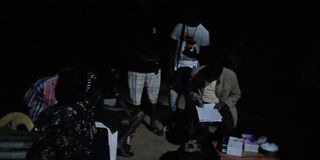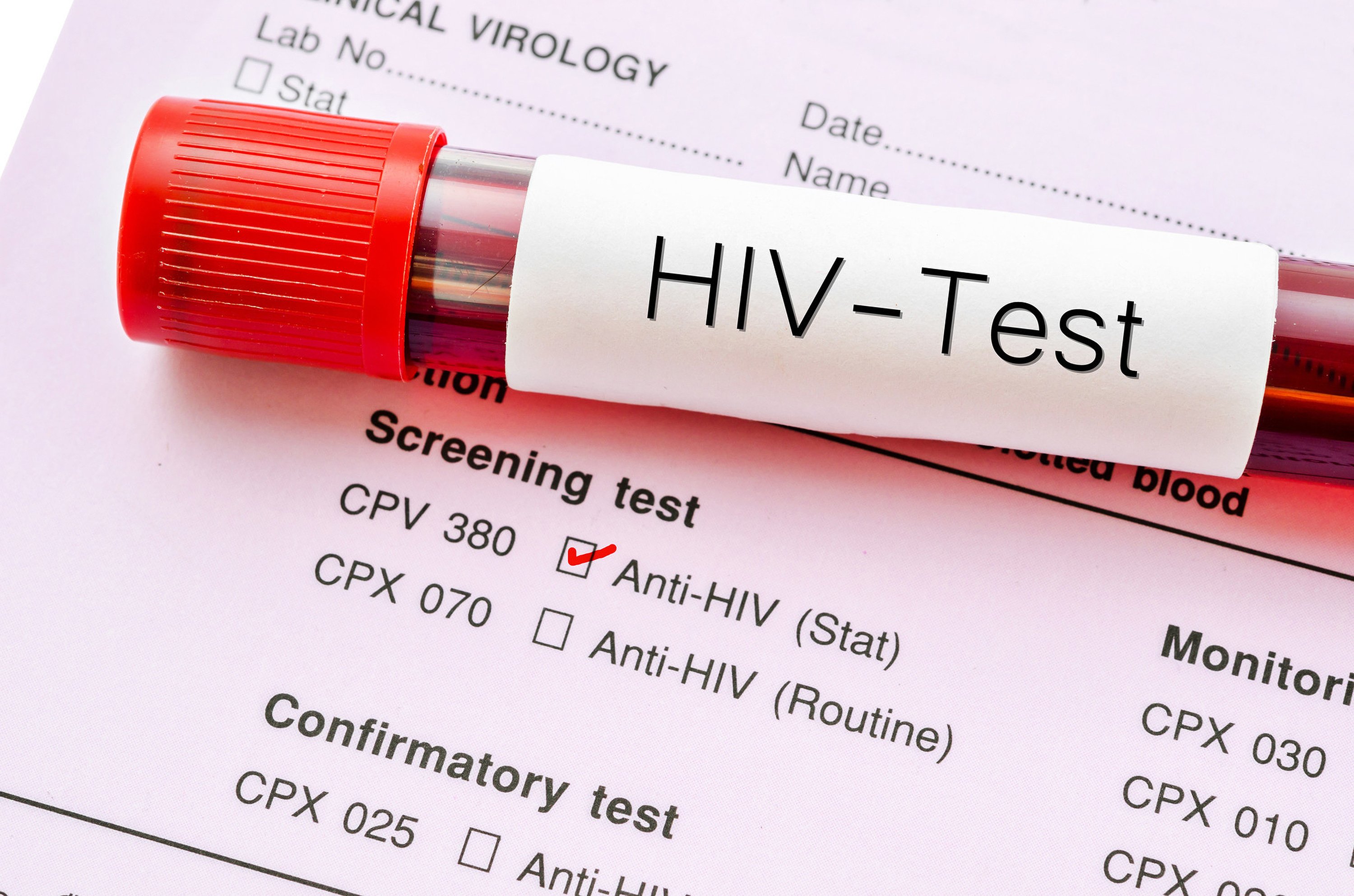Prime
Is Lango losing the battle against HIV?

People undergo HIV testing and counselling during the night in Kakoge Ward, Lira City, on November 19. Many people prefer to know their status when it is dark due to stigma. PHOTO/ BILL OKETCH
What you need to know:
While some reports from development partners suggest the disease is under control, things are pretty different on the ground
The number of people becoming infected with HIV/Aids in Lango is continuing to rise amid concerns that the sub-region is losing the fight against the deadly disease.
While reports from different development partners seem to suggest the disease in the sub-region is under control, things are pretty different on the ground.
Data from nine districts that make up Lango reveals that the Aids infection rate has hit a record high.
There are about 1.2 million people in Lira, Kole, Alebtong, Otuke, Oyam, Apac, Kwania, Dokolo and Amolatar districts, according to the National Population and Housing Census, 2014.
But HIV prevalence in Otuke increased from 4.7 percent in 2017 to 5.7 percent in 2022, while the prevalence in Alebtong now stands at 7.1 percent, up from 5.3 percent in 2017. In Apac, HIV prevalence has increased from 2.3 percent in 2017 to 7.4 in 2022.
Nevertheless, Lira District’s prevalence, which was at 8.3 percent, has reduced to 7.2 percent though the percentage is still above the national rate of 6.4 percent.
The prevalence rate in Dokolo has increased from 5.6 percent to 6.6 percent, while HIV prevalence in Oyam increased from 6.3 percent to 7.2 percent.
In 2017, the HIV prevalence in Kole was at 5.3 percent, Amolatar 6.4 percent, and Kwania 6.5 percent. But all these areas are said to be registering high cases of new infections.
Stigma, health facilities’ inability to conduct viral load testing and poor adherence to medication are some of the challenges affecting the fight against the epidemic in Lango.
Others are alcoholism, risky sexual behaviour, inadequate resources, poverty, ignorance, and people’s unwillingness to know their status.
Mr Sam Opira, the Apac District secretary for education and health, says many people are still unwilling to visit designated health facilities offering HIV services and have themselves tested to ascertain their status.
“We also have people who know their status but do not want to go and pick drugs, so that they continue remaining healthy,” he says.
Mr Opira adds: “We also have those who pick their drugs but do not take them as directed by the health professionals, sometimes because of domestic violence.”
The Apac acting District Health Officer (DHO), Mr Francis Leone Oceng, acknowledges that the situation is worrying.
“As a district, we have not reached 95 percent, especially on detection. We are at 94 percent. And that means we still have some proportion that we need to reach out to for us to make sure we reach all corners of the district,” he says.
In Alebtong, the situation is not any different. Mr David Kennedy Odongo, the district chairperson, says they are experiencing an increase in new infections.
“This is attributed to reckless behaviour, especially among the youth and also the high level of drunkenness among our community,” he says, noting that poverty-stricken households are very vulnerable to Aids epidemic.
Politicians and church leaders say the sub-region is losing the battle against HIV/Aids because of irresponsible consumption of alcohol coupled with risky sexual behaviour.
Mr Tony Atim, a catechist at St Thomas Catholic Chapel in Kole Town Council, says: “Sexual appetite tends to rise when you are drunk and this has caused a lot of problem in the fight against HIV/Aids.”
Mr Fred Omara, the chairperson of leaders of persons living with HIV/Aids in Lango, says there is poor adherence to HIV treatment because of biting hunger which is being experienced in the area.
“Those who are taking their medication twice a day – in the morning and evening – and cannot afford two meals a day are suffering a lot. These drugs are very strong and for it to work well, a patient needs to eat something at least before taking it.”
Mr Geoffrey Alex Ogwal Adyebo, the Kwania District chairperson, says partners are not providing relief food to HIV clients.
“They provide support in terms of treatment, testing and counselling but they do not provide food. It’s only the Office of the Prime Minister that some years ago supported vulnerable households with relief food when we experienced prolonged drought in Kwania,” Mr Adyebo says.
Mr Apollo Bernard Opolot, the chief administrative officer of Kwania, says there has been a shortage of complementary drugs to antiretroviral drugs (ARVs).
Social workers and non-governmental organisations (NGOs) say the challenges affecting the fight against Aids epidemic cut across the entire Lango Sub-region.
“Very few people are willing to go and access HIV services. So, we may need to do more community outreach so that we take these services nearer to these community members,” says Ms Christine Anyinge, the project manager-in-charge of safe and inclusive cities project at Global Forum for Development (GLOFORD). However, Ms Anyinge says they are working with other partners to try and address some of the gaps in the fight against HIV/Aids.
The government has started piloting the Community Health Extension Workers (CHEWs) programme, which is aimed at promoting good health among the communities in Mayuge and Lira districts.
Accordingly, about 300 locals have been trained in the pilot districts and deployed to plan, implement and manage community health activities, according to Health minister Dr Jane Ruth Aceng.
The activities include conducting home visits and outreach services to promote preventive health actions, refer cases to health centres, follow up on referrals, identify, train, and collaborate with volunteer community groups, and provide reports to the Health Centre III and parish chief.
National outlook
The latest Uganda Aids Commission report indicates that 54,000 people contract HIV every year, the majority of whom are adolescent girls, young women, and adolescent boys, but girls are affected the most. In addition, 17,000 people in Uganda die of HIV/Aids annually. According to the Uganda Population-Based HIV Impact Assessment, the prevalence rate of HIV among people aged 15 to 64 in Uganda is 6.2 percent.




